
How to: Health and Safety Induction Training
In this post we will cover the fundamentals of health and safety induction training, from regulation to content creation and delivery.
Key Topics covered:
- What is health and safety induction training?
- Why is it important?
- Legal requirements and regulation
- Objectives of your induction
- Creating an induction
- Future Trends
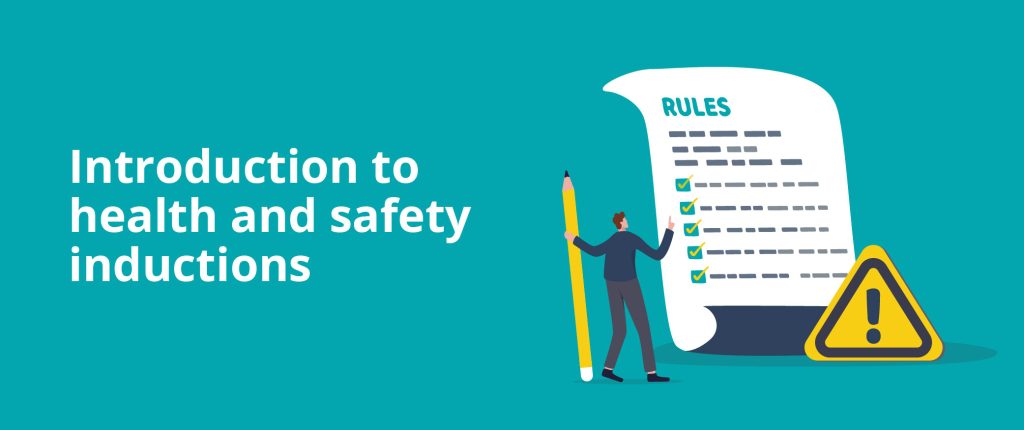
What is Health and Safety Induction training?
Health and Safety Induction training is the important process of introducing new employees to safety measures, procedures and workplace expectations.
Health and safety inductions ensure employees are equipped with the knowledge and skills to carry out their work safely, navigating risks and embracing a safety culture.
The training covers topics such as hazards, emergencies, PPE, manual handling, awareness and regulations.
Effective health and safety inductions set the foundation for safe working and enables employees to take responsibility for the safety of themselves and others.

why deliver a health and safety induction?
Lots of changes can be made to improve overall safety within any company, but improving your site induction process with appropriate Health and Safety training is the foundation to any successful change.
Creating a safe workplace: A well-run program should help prevent accidents, injuries and illness throughout the organisation. Health and safety training should allow people to understand potential hazards, procedures and best practices.
Risks that can be mitigated through training: Comprehensive safety training allows organisations to effectively identify, assess and mitigate risks, for example the risks associated with specific job roles and related tasks.
Impact on employee morale, productivity and compliance: Investing in Health and safety training demonstrates your commitment to employee well-being and safety.
This commitment can impact morale and job satisfaction by giving employees confidence in your management.
Health and safety induction training for new employees: Incidents are most likely to occur where employees are misinformed or uneducated, health and safety inductions are crucial to safely integrating new people into your company while keeping risks at a minimum.
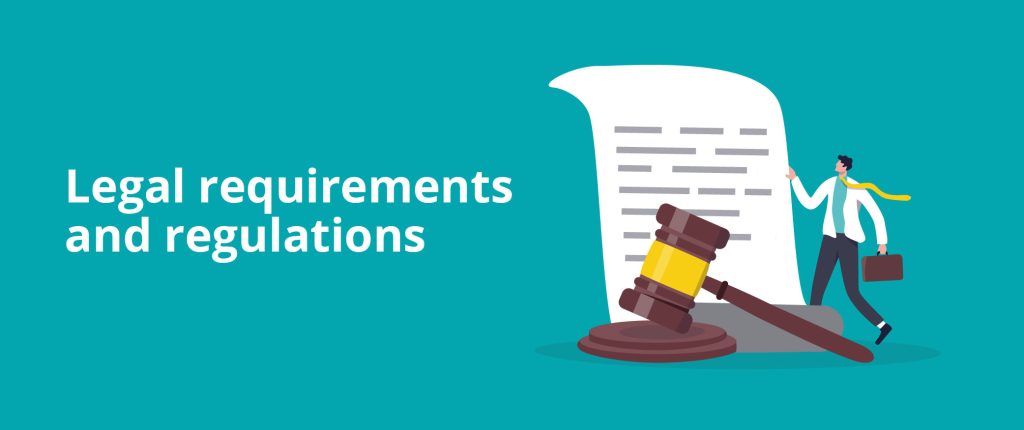
Legal requirements and Regulations
Laws and regulations also play a big role as you need to align your health and safety inductions with legislation updates. Here is a brief overview of what you should know:
The Law (legislation): Health and Safety at Work Act. The Health and Safety at Work Act 1974 is essentially the foundation of health and safety legislation, outlining the general duties and responsibilities of employers and employees in maintaining a safe workplace in the UK.
Full information on the Health and Safety at Work Act can be found on the official website, here: https://www.legislation.gov.uk/ukpga/1974/37/contents
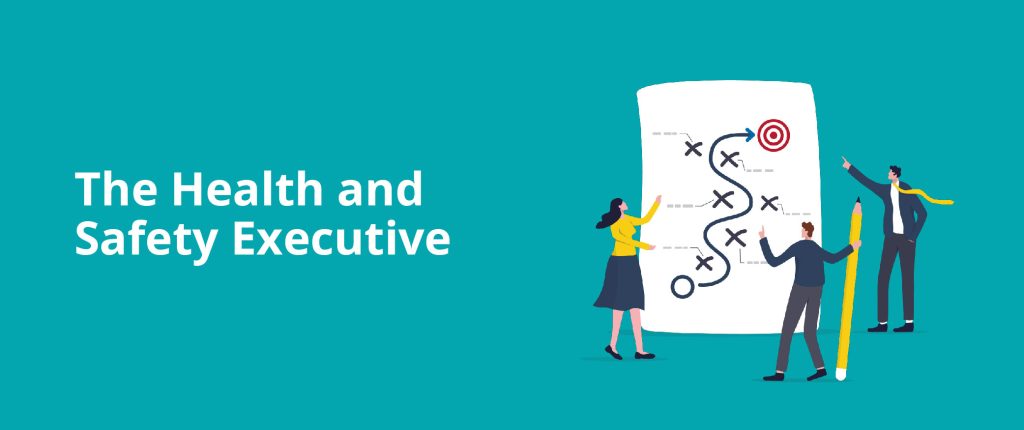
Applying and Interpreting the law (jurisdiction). The UK has a very comprehensive system of health and safety regulations, so much so that it’s overseen by the Health and Safety Executive (HSE), a government led agency responsible for enforcing legislation.
The HSE has lots of guidance on health and safety compliance and is generally a good place to start when looking for information, publications and other resources related to your specific industry.
You can find more information on their full website: https://www.hse.gov.uk/

Methods for implementing (Approved Code of Practice). Most Health and Safety regulations have an Approved Code of Practice (ACOP), which is practical advice on how to achieve compliance for any given regulation. They are published by the HSE and put complex legislation into simpler language and practical guidance.
ACOPs are reviewed and regulated, giving them a special legal status. Following ACOP advice means you are doing enough to comply with the law.
You can use alternative methods to comply with the law, however if you are prosecuted for a breach of Health and Safety law and it’s proved you didn’t follow the ACOP, you need to provide evidence of your compliance or you will be at fault.

Objectives of health and safety induction training
Health and safety induction training has lots of industry benefits, however you should pinpoint objectives to ensure you make the most of your program. Below are some key objectives you can aim for and strategies to help fulfil them:

1. Familiarising employees with the basics
The main objective of health and safety inductions is to familiarise employees with policies, procedures and guidelines.
- Provide comprehensive training materials, including handbooks and visual aids, that clearly outline safety procedures.
- Demonstrations and videos: Use visual aids to effectively communicate your message, for example visuals often translate better than text when teaching practical health and safety procedure.
- Online training and E-learning: Utilize online training platforms to deliver your content, they are generally better for engagement as you can include videos, quizzes and assessments in neatly designed modules which makes learning more manageable.

2. The specifics: Hazards and Risk prevention
Once you’ve determined the basics, educating employees on specific health and safety protocol is the next step.
- Job-specific training: Offer health and safety training that focuses on the hazards and risks associated with particular jobs and environments, such as proper handling of equipment.
You can also use software to auto-enrol new starters onto the correct course based on job role, taking away some admin.
- Task-specific assessments: Educate employees on the hazards and risks related to any tasks they could be involved in, whether specific to their job or general to the company / department.
- Standard Operating Procedures (SOPs): Clearly outline SOPs for each role or task, giving step-by-step guides of how best to tackle each process as well as any health and safety considerations.
- Site-specific guidance: Develop health and safety guidelines that address safety considerations associated with each site / working environment, as one site, warehouse or workstation may differ from another.

3. fostering a safety culture
In simple terms, a safety culture is the way in which things are done in your company when it comes to health and safety.
It’s very much a mindset whereby employees understand the importance of safety and actively engage in best practice, taking responsibility for their actions.
- Clarity: Establish Communication and transparency. Regularly share health and safety policies, procedures, and any updates to your company practices.
If you have lots of policy updates or a big network of employees to distribute to, you could consider automating updates with software.
- Resources: Prepare your employees with any materials they might need so they can be in control take decisive action, this incudes anything from PPE to documentation.
For example, a document stored in an online portal may be more useful than a printed document which could’ve been easily misplaced.
- Continuous improvement: Demonstrate your commitment to health and safety by regularly reviewing and updating policies and guidelines where appropriate.
- Recognise and reward: Make it a positive experience and reward those who go above and beyond in their health and safety contributions.
Publicly appreciate their efforts and reinforce that it’s a positive thing to do.

Creating a successful health and safety induction program
Successful health and safety induction training requires thorough planning and good management.
Depending on your resources and company size, it may be best to manage this across multiple health & safety professionals or use software to ease the burden.
Here are some key tips to developing an impactful induction:

Training needs and Audience:
It is essential to assess the specific health and safety training requirements of your organisation and pinpoint your audience. Consider the following:
- Needs assessment: Firstly, thoroughly assess job roles, tasks, hazards, risks and protocols which are relevant to your company and create a list of required training.
- Create appropriately: Make sure you have a good understanding of employee health and safety knowledge and experience levels and tailor accordingly. You don’t want to preach to the choir.
- Optimise: Gather feedback from existing employees to identify any weak spots or potential improvements, this will boost the impact of your program.
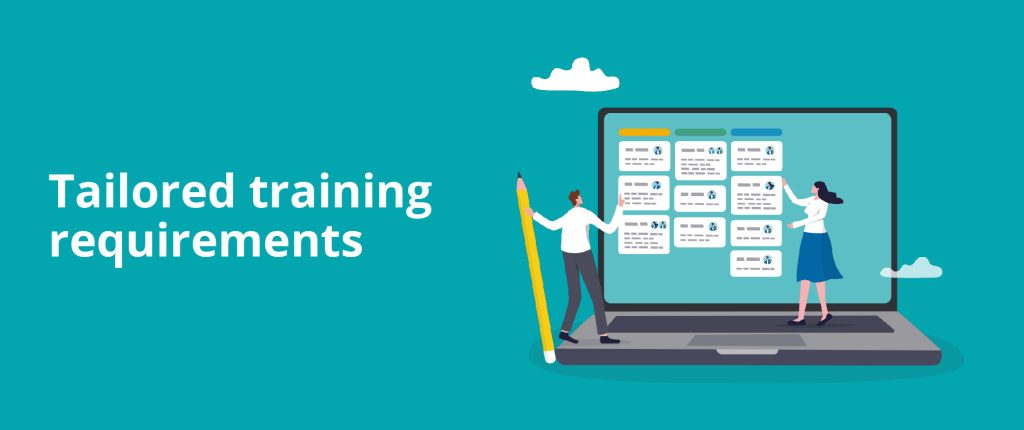
Developing Tailored Training:
Once your requirements have been ironed out, focus on organising it into clear and well-structured program(s), essentially determining who gets what and how it’s put together.
- Structure training into a logical order, starting with the fundamentals of health and safety and progressing to more in-depth learning.
This is where you should also slot in specific training such as job or site-specific information.
- Meeting objectives: Clearly define the learning objective for each module and tailor programs to meet your desired outcomes.
- Resources: Identify any additional resources employees may require to complete their health and safety training, this may include handouts, references, online recourse or links.

Creating induction content
Content is the most important part of any successful induction program and it can be split into two sections, content and delivery.
Content:
This is what your content will look like, whether it’s a PDF, PowerPoint, Video or even a quick text document and a quiz. Here’s a few tips:
- Format: Select the best format for each piece of content, for example a practical health and safety guide on how to handle equipment might be better demonstrated through a video.
- Learning styles: Cater to different learning styles, some people learn better when showed visually, some people prefer learning at home in their own time, and others may prefer to learn online.
- Keep it simple: Use simple language where you can, use visual aids and diagrams, avoid jargon and aim to clarify any difficult concepts the best you can.

Delivery:
This is where you decide how to distribute, monitor and amend your health and safety training
- Health and safety induction checklist: People like knowing what to expect and being in control of their work, hand out check lists that people can work through at their own pace.
This will give them confidence that they’ve completed everything, but also make it more digestible.
- Handbooks: You may wish to create a health and safety handbook that employees can keep. It’s advisable to keep printed documentation to a minimum as large wads of paper can be daunting as a new starter.
Make sure what you give them is focussed and relevant. Additional policies which may be referred to once in a blue moon are better sent digitally, this is so they can access it at a later date.
- Online Platforms: Useful for organising content into digestible and manageable modules. Allows you to track progress of inductions and also test users competency with quizzes.
Software is superior at giving you a holistic view of your whole program, what’s working and what isn’t.
- Analysis: Use data and feedback to identify trends, address any gaps in health and safety knowledge and make changes to your induction.
- Data: Determine what information is important to collect and begin planning ways to obtain and store it in a way that’s manageable.
For example, if you use quizzes you may want to collect the data and review which departments are best performing, and worst preforming so you can make changes with relevant managers.

Future trends in health and safety training
Health and Safety continues to become more important and so there are emerging trends that are shaping the future of safety training.
Making Health and Safety a top priority
Health and Safety has steadily climbed the list of most important business functions for some time.
Regulations are continuously changing to improve worker safety, and so employers are having to rethink their processes and procedures to accommodate changes and maintain health and safety standards.
Microlearning
Small, bite-sized modules that are more focussed and digestible. Methods like microlearning are becoming more achievable as our options increase with technology.
Micro modules allow health and safety managers to better understand data and make more targeted improvements to training.
Language and Culture
Workplaces are becoming more diverse, however its important employers still uphold a high standard of compliance.
Health and Safety managers must increasingly improve training to ensure information is accessible to everyone, considering any cultural nuances.
Remote Learning
Mobile phones and tablets are commonplace today, so mobile learning is becoming viable for health and safety.
They can be a means to deliver content remotely and allow people to digest information in a way that’s more familiar, and unrestricted in time.
This is done most effectively through software which supports mobile formatting and easy access.
Software
Future trends will likely include the use of software, digital tools and other online learning methods to improve management, data, content creation, storage and delivery.
Induction software is allowing health and safety managers to better control the induction process, freeing up time that would’ve been spent delivering presentations, offering access to statistics and enabling them to control site access more effectively.
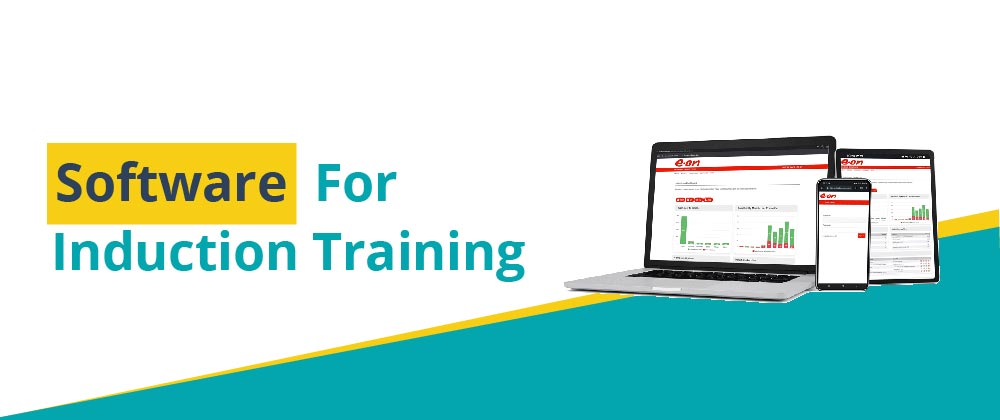
Take your health and safety induction training to the next level
Deliver training and provide access to induction material online. Give staff, visitors and contractors the opportunity to review essential training before arrival on site.
Easily create and manage inductions, setting up automations for simple enrolment and distribution.
Learn more about Induct & Train
